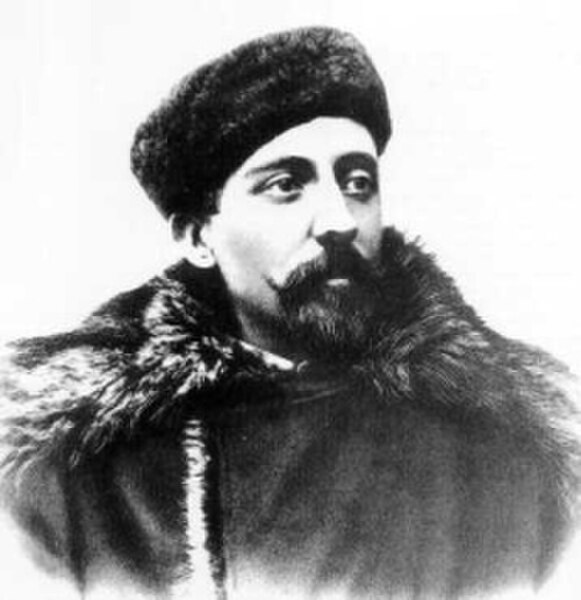The history of Antarctica emerges from early Western theories of a vast continent, known as Terra Australis, believed to exist in the far south of the globe. The term Antarctic, referring to the opposite of the Arctic Circle, was coined by Marinus of Tyre in the 2nd century AD.
Painting of James Weddell's second expedition, depicting the brig Jane and the cutter Beaufoy
Admiral Fabian Gottlieb von Bellingshausen was one of the first to spot the continent of Antarctica.
The Canadian-born oceanographer Dr John Murray was the driving force behind the renewal of interest in Antarctic exploration at the beginning of the 20th century.
Adrien de Gerlache, leader of the Belgian expedition
Terra Australis was a hypothetical continent first posited in antiquity and which appeared on maps between the 15th and 18th centuries. Its existence was not based on any survey or direct observation, but rather on the idea that continental land in the Northern Hemisphere should be balanced by land in the Southern Hemisphere. This theory of balancing land has been documented as early as the 5th century on maps by Macrobius, who uses the term Australis on his maps.
Western hemisphere of the Johannes Schöner globe from 1520.
Guillaume Le Testu's 1556 Cosmographie Universel, 4me projection, where the northward extending promontory of the Terre australle is called Grande Jaue.






